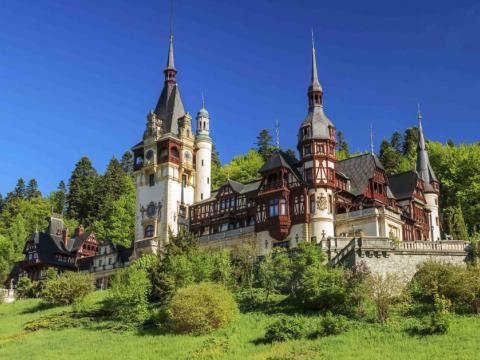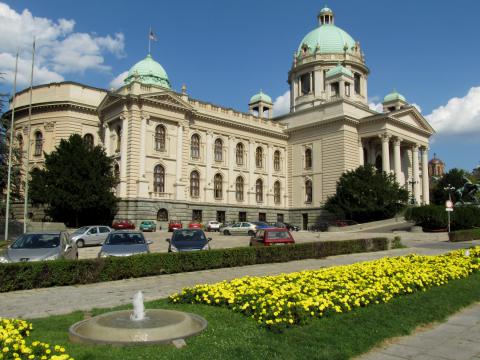Introducing Norway
Norway (Norwegian: Norge or Noreg) is the westernmost, northernmost, and, oddly, the easternmost of the Scandinavian countries. The complex and deep fjords along Norway's west coast, as well as the midnight sun and Northern Lights, are both well-known.
Norway gives the feeling of a country with plenty of room and an extraordinarily rough landscape. Although the interior is renowned for its great fjords along the Atlantic, it also has great valleys, vast forests, and fjord-like lakes. Norway is one of Europe's most mountainous nations. The endless coastline, great fjords, countless waterfalls, sparkling rivers, lovely lakes, and numerous glaciers are perhaps what define Norway the most.
Although the great outdoors is the most popular attraction in Norway, there are also many interesting and lively cities such as Oslo and Bergen. Norway's cultural heritage, as well as modern buildings and architecture - mostly found in towns, but also in terms of remarkable engineering in remote corners - are examples of man-made attractions.
Harald Fairhair united Norway's petty Viking kingdoms in 872 AD. Norwegians settled in many places after that, including Iceland, the Faroe Islands, and parts of Scotland and Ireland, where they founded Dublin and Waterford. Norway and Sweden became united in the early 14th century when the Norwegian king was also elected king of Sweden. The two nations, along with Denmark, were united in the so-called Kalmar Union at the end of the century.
Sweden seceded from the union in 1521. Before the Napoleonic Wars of 1814, Norway was united with Denmark. Norway was turned over to Sweden, which was part of the victorious alliance, since Denmark was on the losing side of the Napoleonic Wars. Norway proclaimed independence, but Sweden invaded and imposed a personal union, granting Norway significant independence.
From the mid-nineteenth century to the mid-nineteenth century, almost one million Norwegians emigrated to America, accounting for about 30 percent of the population at the time, a proportion only exceeded by Ireland. In certain areas of Norway, 40 to 50 percent of the population emigrated to America. Norwegian ancestry is traced back to about 5 million Americans. Some emigrants returned to the "old world," bringing with them wealth, ideas, and technology from "there." The US effect is particularly noticeable in the Farsund-Flekkefjord region and valleys. Cultural and political ties to the United States remain high.
The union with Sweden lasted until 1905, when modern Norway was formed. Norway later declined to enter the European Union. During World War II, German forces occupied Norway from 1940 to 1945. Oil was discovered in the North Sea in the 1960s. Oil exploration has brought wealth to Norway, but unlike many other oil-exporting countries, Norway spends its income in a very egalitarian and collectivist manner, resulting in an affluent, harmonious community that takes advantage of excellent infrastructure and pioneers environmentally sustainable innovations in daily life. Norway, which has repeatedly been rated as having one of the world's highest living standards, has drawn refugees from all over the world, adding to today's colorful and multicultural culture. All of this is not easy, with consumer prices among the highest in the world.
Last modified on 04/25/2021 - 11:37
Places 0
Currently there are no places in Norway.
Articles 0
Currently there are no articles about Norway.
Trip reports 0
Currently there are no trip reports about Norway.
Photos
Currently there are no photo of Norway.
Videos
Currently there are no videos of Norway.




